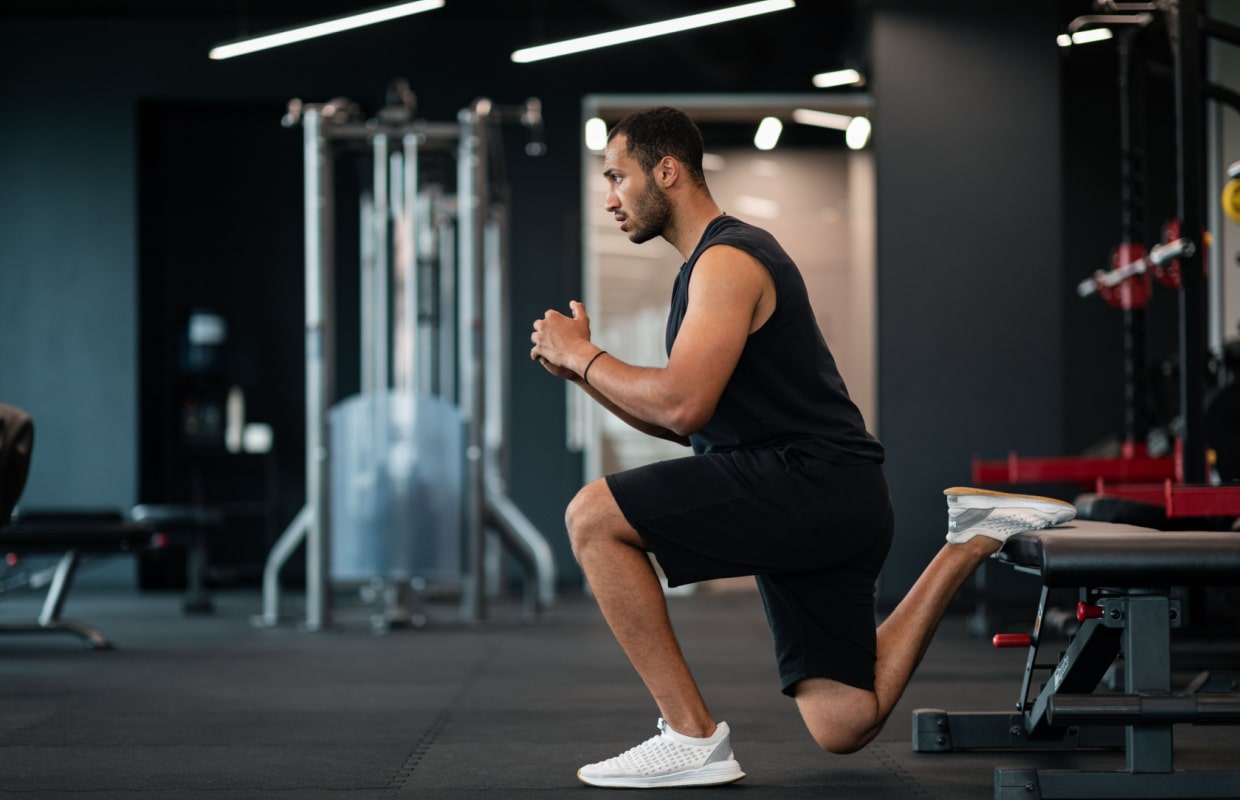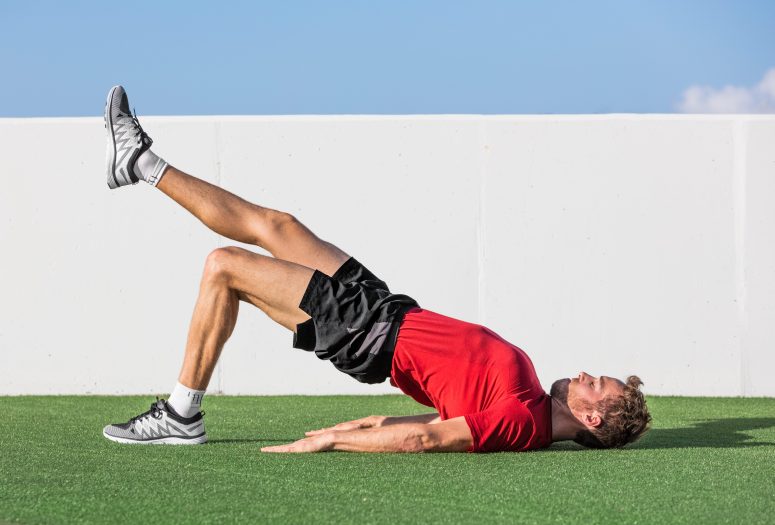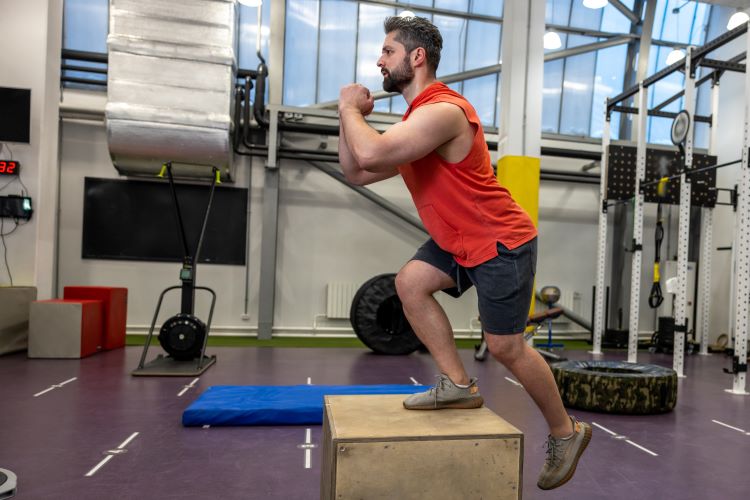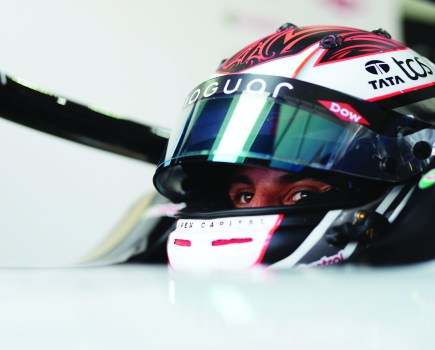If you’re new to strength training, this step-by-step guide by personal trainer and Reflo ambassador David Birtwistle will help you build bigger, stronger leg muscles…
Want to learn how to build your leg muscles? Whether you prefer bodyweight training or dumbbell workouts, or you fancy trying some resistance band legs exercises, our top tips will help you effectively target and strengthen your lower body. As this is a guide for beginners, it’s worth noting that how you train should be based on what you’re looking to achieve. If you want to improve your physical capacity for a specific sport, then your training should focus on that specific sporting adaptation.
However, here we’ll assume that, like most gym-goers, you’ve decided to start lifting because you want to improve your overall quality of life. And most likely get stronger and build more muscle mass as a result.
Build your leg muscles by first focusing on form
To build more muscle mass and gain strength, ideally you want to use the minimum effect dose to create the biggest adaptations. There’s no point in throwing everything at the wall to see what sticks. Be purposeful with your training and you’ll make progress quickly.
Don’t be too influenced by more advanced lifters, or use advanced methods that could be harmful to you. You need time to develop the conditioning to lift, before adding too much volume or increasing the stimulus too much with large times under tension, drop sets or negative training.
Your focus should be on developing joint stability, muscular control and endurance. At the same time make sure you nail the proper exercise technique. All this will set you up with a solid foundation from which to build. It’s the best way of protecting yourself from injuries, too.

Beginners should initially focus on controlling single-leg movements under their own bodyweight | Shutterstock
How to build leg muscles: begin with bodyweight
The first thing we want to do when learning how to build leg muscles is use single-leg exercises at higher rep ranges that challenge strength and stability throughout the full range of motion. Until you can control a movement fully under just your own body’s load, you shouldn’t be adding additional weight. That is the biggest mistake people make in the gym. They put too much value on lifting more weight, without realising that reps don’t count unless they are taken through the full range of motion, under control.
Movements like lunges, step-ups, Cossack squats, single-leg Romanian deadlifts, split squats, unilateral hamstring curls and single-leg glute bridges are all good to begin with. That is because the body’s’ muscular structure is complex. If we isolate an individual muscle or movement pattern too much the supporting structures around the joints used won’t be challenged and therefore won’t develop.
Tackle this back and legs supersets workout
Consider the tempo of the reps
The second thing to consider when learning how to build leg muscles is the tempo of the reps performed. If you bang out your reps as fast as possible, it’s likely that you’ll quickly become trapped in a plateau. To build both strength and stability, you need to slow down the eccentric (lengthening) portion of the lift. Then you can explosively contract the muscle through the concentric (contracting) portion of the lift. Not only does this help with strength, but it will improve your technique and ingrain the movement pattern to protect against injury as you fatigue.
Adopt a 3-0-1-0 tempo as standard. That means a 3-second eccentric phase, 0-second pause, 1-second concentric phase and 0-second pause after the rep.
Lastly, to maximise your results, you need to structure your workouts properly. Don’t skip your warm-up or mobility work. It’s your injury prevention strategy that, if done correctly, will allow you to train more efficiently, more effectively and for longer.
How to structure your leg workouts
- Warm up by including two to four joint-specific activation exercises that take the joints that you will use in the workout, through similar or larger ranges of motion, under control.
- Next up are your key lifts. You could take these as antagonistic supersets – that is pairing two exercises together that work opposing muscle groups. An example could be dumbbell walking lunges paired with split-stance Romanian deadlifts – at higher rep ranges of 12-15 reps per leg, per exercise, per set with a maximum of 3 sets.
- Your third and fourth exercises would most likely follow a similar structure to the first and second but with less load and more of a stability focus. An example could be bodyweight box step-ups with a heel touch at the bottom and no push-off, into a single-leg glute bridge.
- At this stage in the workout, you’ve likely done 3 sets of 4 movements plus an activation-based warm-up. As a beginner lifter, it’s important not to overload the body with too much volume. So the final part of the workout should include more stability, control and core movements that form the accessory part of your workout. The load should be much lower and this portion of the workout should look to reinforce joint health and overall function.
- To finish the leg workout, you could use a triple set of a single-leg balance drill. These core and leg stability exercises help stabilise the hip joint, improve ankle proprioception and develop stability around the spine and hips.

Combine single-leg glute bridges with bodyweight box step-ups for stellar supersets | Shutterstock
Example workout to build leg muscles:
Warm-up
1a. Goblet Alternating Reverse Lunge (8 reps x 3 sets)
1b. Lateral Banded Crab Walk (20 reps x 3 sets)
1c. World’s Greatest Stretch (3 reps x 3 sets)
Superset
2a. Walking Dumbbell Lunge (15 reps x 3 sets)
2b. Split-Stance Deadlift (15 reps x 3 sets)
Superset 2
3a. Bodyweight Box Step-Up (15 reps x 3 sets)
3b. Single-Leg Glute Bridge (15 reps x 3 sets)
Superset 3
4a. Bird Dog Hold (20 secs x 3 sets)
4b. Copenhagen Plank (20 secs x 3 sets)
David Birtwistle is a Reflo ambassador. He also runs personal online coaching company Endeavour Life
Related content:






